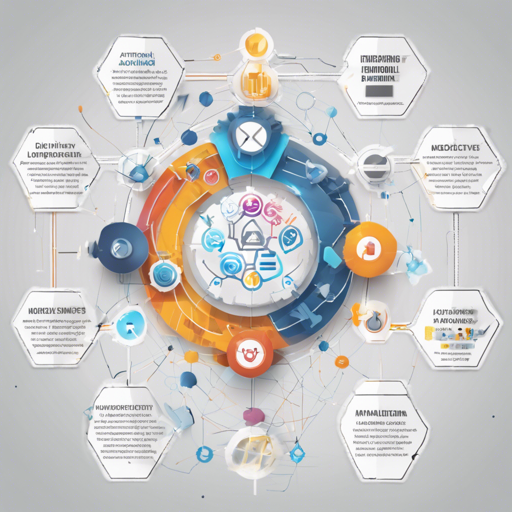Welcome to the fascinating world of reinforcement learning where models are evolving rapidly to enhance their capability of understanding user preferences! In this article, we will dive into the Absolute-Rating Multi-Objective Reward Model (ArmoRM) using the Mixture-of-Experts (MoE) aggregation of reward objectives. This sophisticated architecture aims to cater to multiple rewarding objectives simultaneously for creating more nuanced responses. Whether you’re a seasoned developer or just dipping your toes into the AI pool, this guide will help you navigate through the creation and utilization of the ArmoRM model.
Getting Started with ArmoRM
The ArmoRM model, specifically the ArmoRM-Llama3-8B-v0.1 variant, is a cutting-edge approach that leverages multiple objectives when assessing responses, thus providing a more balanced and quality output. Below, we will walk through the steps of using this model in your own projects.
Installation and Setup
- Clone the repository:
git clone https://github.com/RLHFlow/RLHF-Reward-Modelingcd RLHF-Reward-Modelingpip install -r requirements.txtCode Walkthrough
The following Python code snippet sets up the model for use:
import torch
from transformers import AutoModelForSequenceClassification, AutoTokenizer
device = 'cuda'
path = 'RLHFlow/ArmoRM-Llama3-8B-v0.1'
model = AutoModelForSequenceClassification.from_pretrained(path, device_map=device, trust_remote_code=True, torch_dtype=torch.bfloat16)
tokenizer = AutoTokenizer.from_pretrained(path, use_fast=True)
# Example prompt
prompt = "What are some synonyms for the word beautiful?"
response = "Nicely, Beautifully, Handsome, Stunning, Wonderful, Gorgeous, Pretty, Stunning, Elegant"
To explain this code, imagine you are preparing for an important dinner. You don’t just need the ingredients (model and tokenizer); you need to set the table properly (specifying the device and loading the model). You also gather some friends (messages) to chat with. Together, they help you come up with the best dishes (synonyms) for your guests!
Utilizing the Model
Next, let’s see how to evaluate responses:
messages = [{'role': 'user', 'content': prompt}, {'role': 'assistant', 'content': response}]
input_ids = tokenizer.apply_chat_template(messages, return_tensors='pt').to(device)
with torch.no_grad():
output = model(input_ids)
multi_obj_rewards = output.rewards.cpu().float()
Here, the messages are combined into a chat template. Think of them as the recipe cards guiding you to create your delicious dish, ensuring that the model understands the conversation context to deliver quality outputs based on multiple objectives!
Troubleshooting
If you encounter any issues while working with the ArmoRM model, here are a few troubleshooting tips:
- Check device compatibility: Make sure you are running the model on a compatible device (CUDA for NVIDIA GPUs).
- Dependencies: Ensure all required libraries are properly installed. Use
pip listto verify versions. - Model Path: Double-check the path from where you are loading the model to ensure it is correct.
- Performance Issues: When dealing with large models, ensure you have sufficient memory available.
For more insights, updates, or to collaborate on AI development projects, stay connected with fxis.ai.
Conclusion
In this guide, we have explored the workings of the ArmoRM model and the power of mixture-of-experts in reward modeling for reinforcement learning. With the ability to assess responses based on multiple objectives, the ArmoRM model sets a new standard for evaluating language models. At fxis.ai, we believe that such advancements are crucial for the future of AI, as they enable more comprehensive and effective solutions. Our team is continually exploring new methodologies to push the envelope in artificial intelligence, ensuring that our clients benefit from the latest technological innovations.

